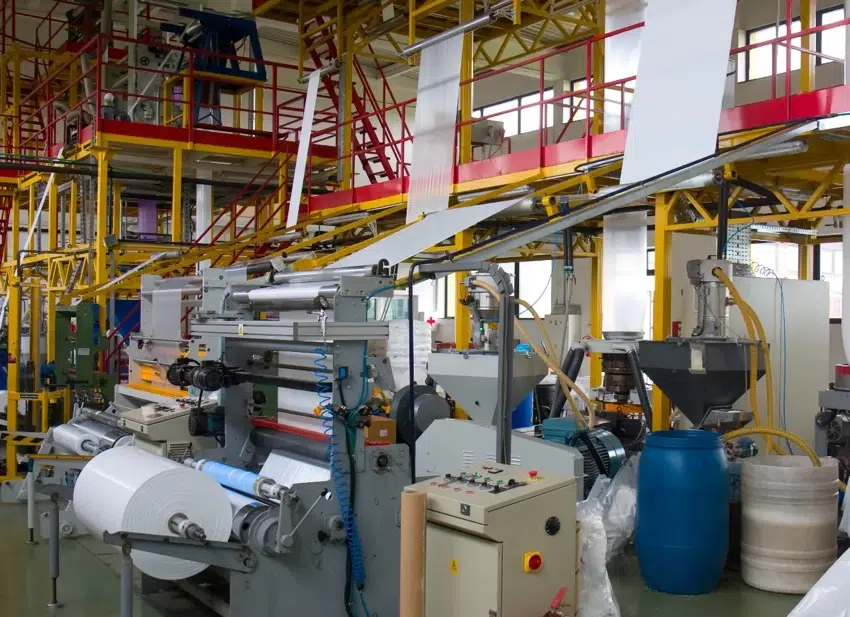The rollers represent the core of all dynamic parts found in production lines of various industries. The belt connects the electric motor’s shaft to rollers while rollers’ rotation around the horizontal axis induces the web’s linear motion. More than a hundred rollers are often mounted at various height levels within a single production line, ensuring that products meet the quality standards. In converting, packaging, steel, paper, printing, and many more industries, sheets pass significant distances from the beginning to the end of the production line thanks to a dozen rollers’ rotation.
Their proper alignment is an important activity that secures desired product quality and ensures the long lifespan of mechanical parts such as bearings and belts. Namely, the roller’s misalignment induces overwhelming stress at points where friction force acquires the horizontal component causing fatigue, leading to those parts’ failures. Another issue caused by rollers’ misalignment, visible with bare eyesight, is the web’s rupture of sensitive materials such as pulp and paper or uneven material thickness of high strength materials.
The traditional way of roller’s position measurement
As one of the most widely used techniques in rollers’ position measurement, the traditional theodolite method relies on laser usage. Even the latest generations of this type of device can only measure two axes, horizontal and vertical ones. The greatest issue about the position measurement using laser is a need for sightline along the complete roller’s length. The rollers are by default mounted in enclosed space, making the side approach to them hardly feasible. The technicians have to dismantle many mechanical parts to perform measurements and reassemble them once they finish the position adjustment.
Moreover, technicians have to read and record all measurements manually. After the measurement session, the technicians have to analyze a vast amount of data to discover a problematic roller, which is exceptionally demanding. Another issue with the theodolite method is the inability to determine the relative positioning between rollers at different heights due to the constraint of two axes measurement, which additionally elongates the required downtime. By this time, all industrial manufacturers consider required maintenance using this technique extremely extensive and, more importantly, not sufficiently accurate since the same problems recur.
ParAlign-The most accurate and time-efficient measurement and adjustment service
Inside the ParAlign measurement system are three micro-precise ring-laser gyroscopes regularly used in the aerospace industry. During the roller’s measurement, gyroscopes maintain their rotation axis unchanged due to mass inertia, even if their base shifts. Since the rotation axis remains fixed, the built-in mechanism determines the angle of inclination. The ParAlign system posses three gyroscopes staggered along with three coordinates in space (x, y, and z). The three angles – roll, pitch, and yaw – determined by the system give its exact position in space at all times. Therefore, there is no need for a line of sight to perform a precise measurement. The technician only needs to sweep the device across each roll’s circumference in a range of twenty degrees to complete the measurement.
ParAlign captures and transmits measurements five to ten times faster than the traditional theodolite method. The measurement values are immediately transmitted wirelessly to a laptop. A visual graphic report enables mechanics to instantly observe and notice what adjustments are needed to make the proper corrections using precision shims and dial indicators. The diagram that accompanies all ParAlign services provides the horizontal and vertical offsets of each roll and simulates the web path showing where slack and tension could be occurring. It only takes around 30 seconds to measure a single roller. Hence, one technician can adjust an entire machine in less than a single day which was hardly imaginable before Prüftechnic launched this groundbreaking technology.


